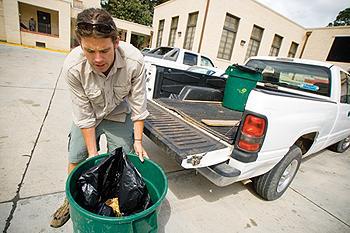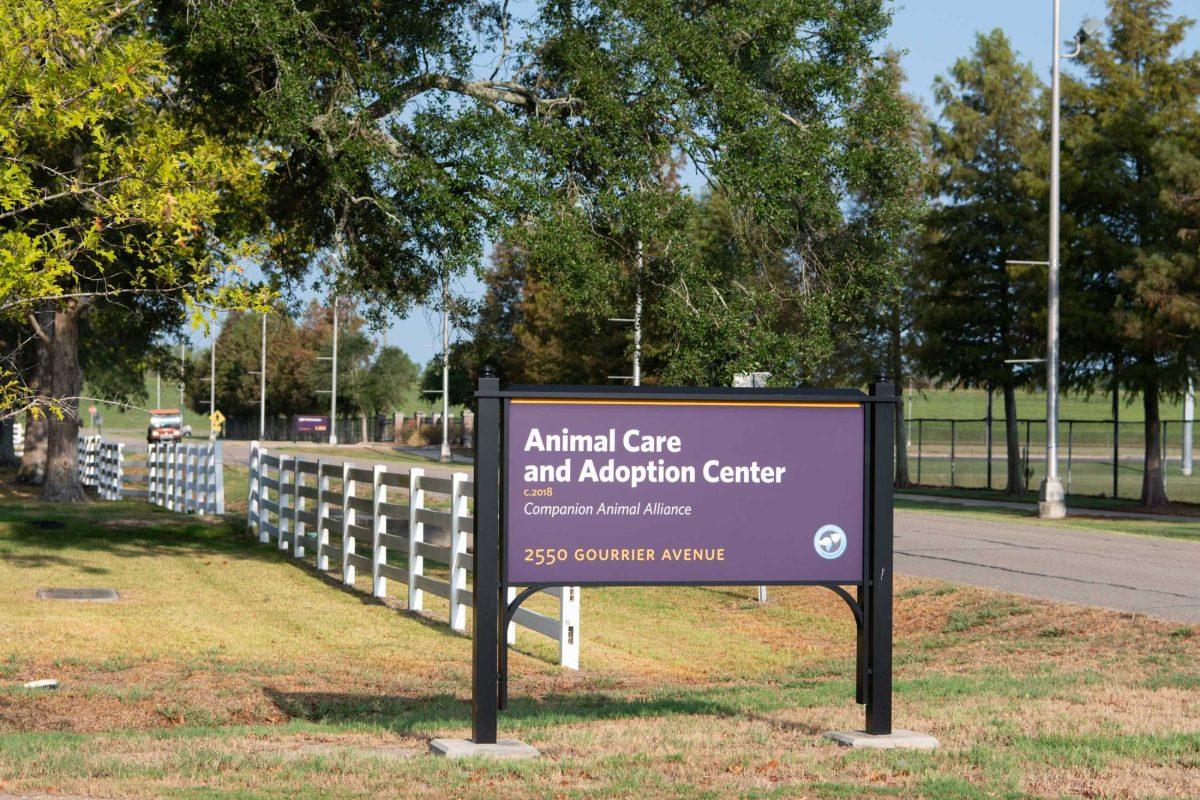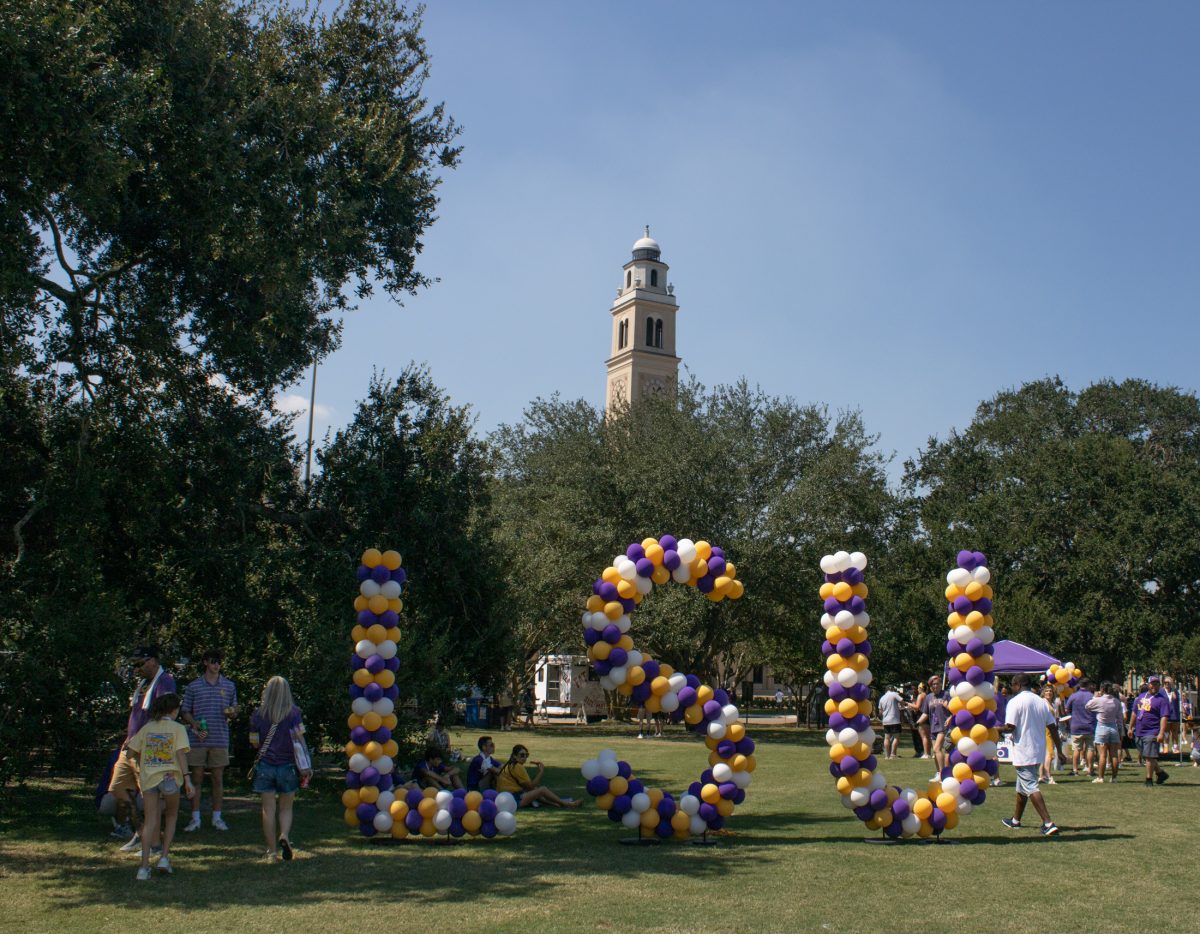Leftover dining hall food previously dumped in trash cans found a new use this semester — one that saves the University money.Students from the Exploring Campus Sustainability course took food waste from the 459 Commons and turned it into compost for University landscaping to conserve costs spent on soil and fertilizer, said Alisha Andrews, horticulture senior.These students created six projects that intend to make the University more “green” to save money, Andrews said.The composting project collects pre-consumer waste, such as potato peelings and kitchen scraps, along with post-consumer waste, such as students’ leftover food from the 459 Commons Monday through Friday, Andrews said.”On average, we collect between 200 to 500 pounds of pre- and post-consumer waste a day,” Andrews said.Students then bring this waste to the Callegari Center on Nicholson Drive and separate it into the pre-consumer, post-consumer and mixed piles for study, Andrews said.The sorting shows which type or mixture of wastes produces the most nutritious compost, Andrews said.Collection at the 459 Commons ends this week, but the students will continue to measure temperatures and decomposition rates of the piles for several weeks, Andrews said.The project will end when this semester finishes, but Andrews said she hopes this project will become permanent and help create future sustainability courses through its results.”I definitely see this project helping future courses because it’s hard to reject hard data you can see,” Andrews said. “We’re proving our idea because you can see our progress.”Students also created a proposal for a student-run farm through this course, said Andrew Loyd, horticulture junior.Students intend to grow produce on the farm that can be used for salad bars and maybe cooked in the cafeterias, Loyd said.Students have faced problems with this idea, though, because of lack of space, Andrews said.”To have a farm, you need land,” Loyd said. “We can get all of these awesome ideas, but it all comes down to getting money and getting land.”Stephanie Elwood, psychology freshman, said students intended to put the farm at Hill farm.”Hill farm is what is left of the horticulture and agriculture departments’ land,” Elwood said. “They started off with 40 acres in the ‘40s, but now they’re down to just four acres.”The Lod Cook Alumni Center’s need for a parking lot threatens this land, so the location has not been decided, Elwood said.”We’ve been looking for something at bike-riding distance from campus, like somewhere near the LA house,” Elwood said. “But we’ve really been concentrating on why the farm would be a good idea because we have no control over where it goes.”Elwood expects a proposal to be made for the farm by the end of the semester.The other four projects students created include a publicity group for student involvement in sustainability efforts, a proposal to use local food vendors’ produce in the cafeteria, a group to connect departments for the creation of sustainability curriculum and a separate group for the compost study that determines the efficiency of the composting system and the ability to involve other sources’ food wastes, Loyd said.- – – -Contact Peter Hubbs at [email protected]
Project turns food waste into compost, saves money
March 23, 2009

Matthew Moerschbaecher, Oceanography PHD student, picks up waste from 459 Commons to take to a local compost pile Tuesday afternoon.





